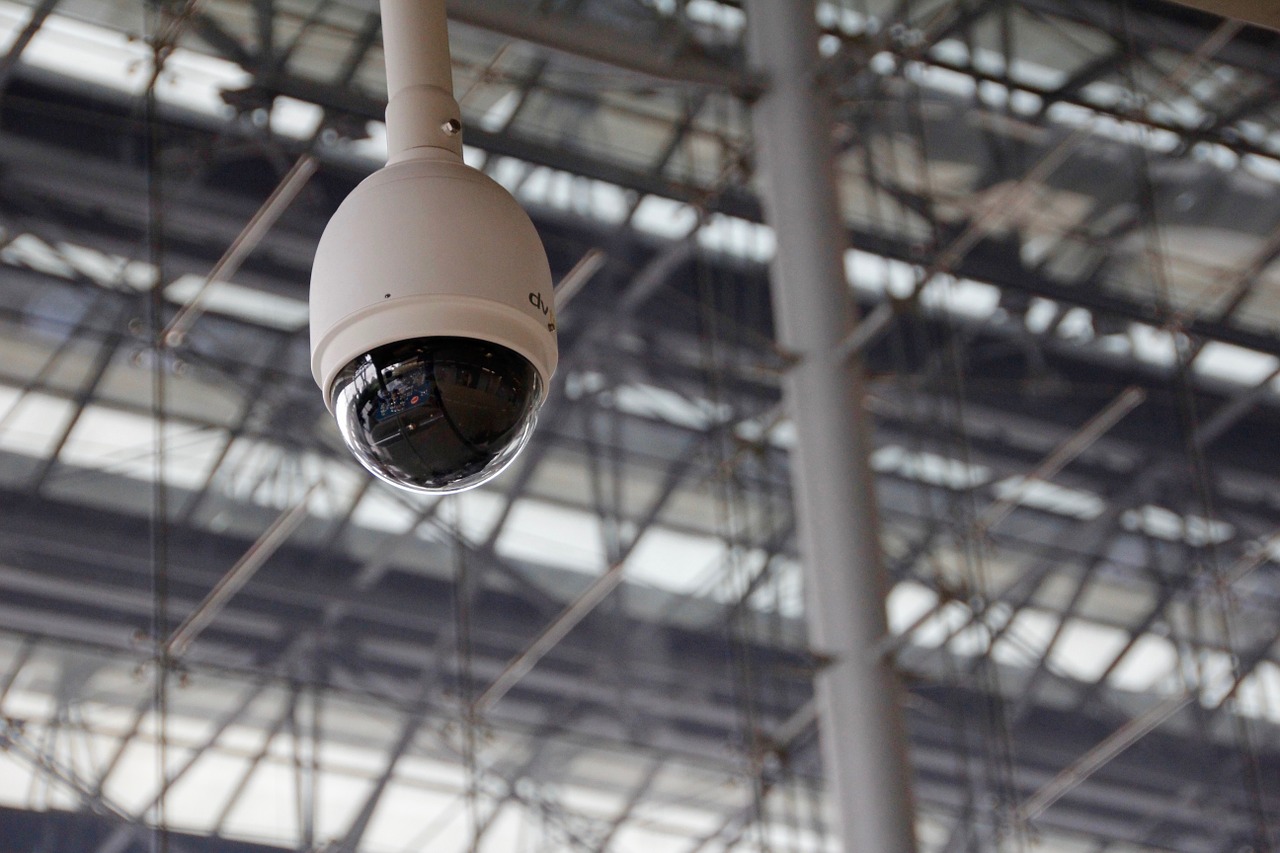Artificial Intelligence: What are its implications in video surveillance?
The concept of Artificial Intelligence (AI) has been used indiscriminately in the world of technology, especially for those seeking to optimize processes. The truth is that it is a branch of computing that studies and develops methods that allow computers to simulate intelligent behavior. Generally speaking, AI is a very broad concept, however, when it comes to camera systems for businesses, in the specific context of video analytics, the main focus is to increase operational efficiency and add value by automatically processing and analyzing broadcasts of video.
Artificial Intelligence works by “learning” the movement of objects, in addition to other characteristics, such as their size, whether they have arms, legs and their speed. In this way, it classifies the information to inform whether it is possible that the object is human or if it is an animal. The system can also be programmed to identify the direction the object is moving and if there is more than one.
These features are common in the field of video surveillance and have set a precedent in use. Thanks to advanced intelligence applications, the electronic security market has expanded its benefits to the extent that today they are more in demand to generate operational efficiency in security processes. An example of this benefit is leveraging video camera systems that utilizes AI technology with mobile based access control systems to create an optimized process and management for a company’s building security.
In this sense, companies have sought to venture into smarter methods such as video analytics to make video surveillance a more profitable and efficient technology. It has been so widely accepted that experts in this field say that today, analytics based on Artificial Intelligence are what give network video surveillance the necessary impetus to grow and find new development opportunities.
Artificial Intelligence at the edge of the network
For the video surveillance industry, one of the main benefits of Edge computing is the ability to perform advanced analytics using AI and deep learning such as Machine Learning and Deep Learning within the cameras themselves. Edge computing means building more capacity in the connected device.
In video surveillance, this means that more actions can be taken on the cameras themselves, so it is now possible to “teach” devices to be more intuitive about what they capture and analyze in real time. Currently, AI-based security systems can analyze huge amounts of data, which is considered one of the most important aspects. This has saved security guards, who are in charge of reviewing the material that the camera stores, an extraordinary amount of time.
For example, a network video camera is a solution that helps us see what is happening without the need for a person to be at the scene. When informational software is added, AI- based analytics will provide predictive analysis of what is happening, identify situations of potential danger, and help to deter and prevent risks.
In the end, AI-based analytics systems have evolved rapidly to adapt to changes, and have therefore been shown to have a wide range of implications in the video surveillance industry.

